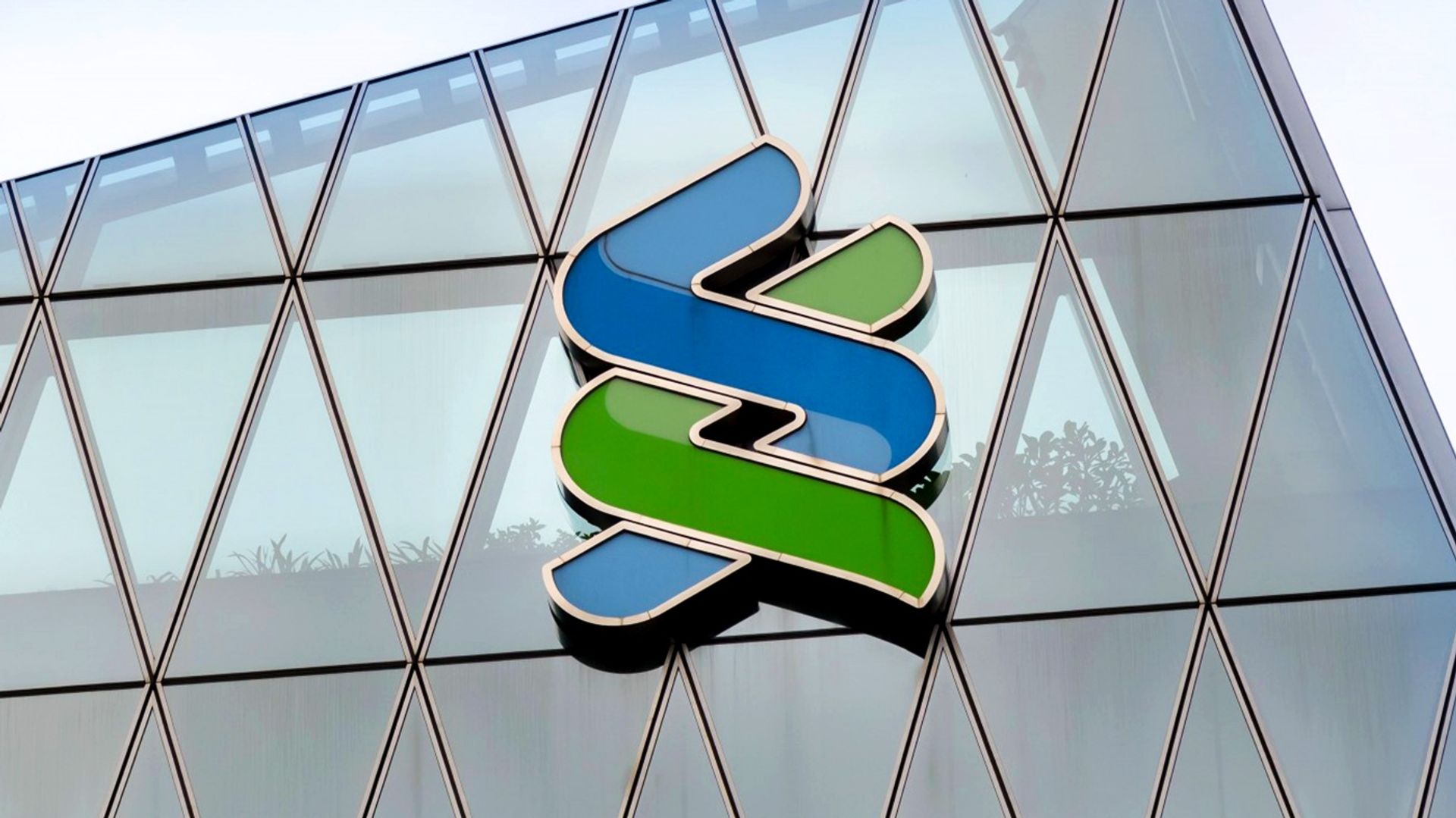
Stablecoins dominate the tokenization of real-world assets (RWA), but Standard Chartered (STAN) said it sees signs of a broader shift underway.
With just $23 billion currently in non-stablecoin RWAs, around 10% the size of the stablecoin market, the investment bank anticipates significant growth as regulatory clarity improves and the focus shifts to assets that benefit more meaningfully from being on-chain, it said in a research report Wednesday.
Tokenization is one of the main uses of blockchain technology and it is attracting attention and investment from the TradFi world. Stablecoins are cryptocurrencies whose value is tied to another asset, such as the U.S. dollar or gold. They play a major role in cryptocurrency markets and are also used to transfer money internationally.
Jurisdictions like Singapore, Switzerland, the EU and Jersey have made progress on regulation, the bank noted, but inconsistent know your customer (KYC) rules remain a barrier.
Still, the opportunity lies in targeting assets where tokenization adds real value, the report said.
"To unlock growth potential, we believe tokenization efforts need to focus on on-chain assets that are cheaper and/or more liquid than their off-chain equivalents, with shorter settlement times, or that solve an on-chain need," wrote Geoff Kendrick, head of digital assets research at Standard Chartered.
The bank noted that tokenized private credit has shown promise by offering faster settlement and cost efficiencies.
In contrast, efforts to tokenize already-liquid assets such as gold or U.S. equities have seen limited traction as they fail to deliver clear on-chain advantages, the bank said.
The bank expects private equity and liquid off-chain commodities to be the next growth areas for non-stablecoin tokenization.
Read more: Stablecoin Market Could Grow to $2T by End-2028: Standard Chartered
免责声明:本文章仅代表作者个人观点,不代表本平台的立场和观点。本文章仅供信息分享,不构成对任何人的任何投资建议。用户与作者之间的任何争议,与本平台无关。如网页中刊载的文章或图片涉及侵权,请提供相关的权利证明和身份证明发送邮件到support@aicoin.com,本平台相关工作人员将会进行核查。




